Table of content
Pineapples, with their vibrant tropical flavor and tangy sweetness, are a beloved fruit worldwide. However, purchasing an unripe pineapple can be disappointing, as its flesh may be tough, sour, and lacking the characteristic aroma and juice. Unlike some fruits that continue to ripen significantly after harvest, pineapples are unique—they stop ripening once picked. This biological quirk means that while an unripe pineapple won’t magically transform into a fully ripe one in terms of sugar content, it can soften, develop sweetness, and become more palatable with the right techniques. This article explores the science behind pineapple ripening, practical methods to accelerate the process, and expert tips to ensure your unripe pineapple reaches its full potential.
Understanding Pineapple Ripening: Why Patience (and Strategy) Matters
Pineapples (Ananas comosus) are non-climacteric fruits, meaning they do not produce ethylene—the hormone responsible for ripening—in large quantities after being harvested. Climacteric fruits like bananas or apples release ethylene gas, which triggers ripening even after picking. Pineapples, however, rely on ethylene produced by other fruits or external sources to initiate softening and flavor development. This distinction is critical: while an unripe pineapple won’t become sweeter in the same way a banana does, it can still improve in texture and aroma with the right conditions.
When a pineapple is harvested, its starches begin converting to sugars, but this process slows dramatically once detached from the plant. The fruit’s acidity also decreases over time, balancing its flavor profile. To mimic the natural ripening environment, growers often use ethylene treatments in commercial settings. At home, replicating these conditions requires creativity and a bit of horticultural know-how.
Methods to Ripen an Unripe Pineapple: A Step-by-Step Approach
The Ethylene Gas Method: Harnessing Nature’s Ripening Agent
Ethylene is the key to unlocking a pineapple’s sweetness. By exposing an unripe pineapple to ethylene-producing fruits, you can accelerate the softening process. Here’s how:
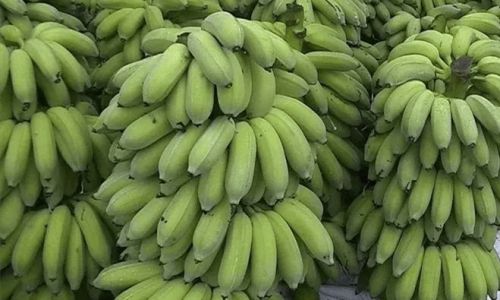
- Step 1: Select a ripe apple or banana. These fruits emit high levels of ethylene.
- Step 2: Place the pineapple in a paper bag or perforated plastic bag.
- Step 3: Add the apple or banana to the bag and seal it loosely.
- Step 4: Store the bag at room temperature (68–77°F or 20–25°C) for 2–3 days.
- Step 5: Check daily for softness and aroma. Remove the pineapple once it yields slightly to gentle pressure.
Why It Works: The enclosed bag traps ethylene gas, creating a microenvironment that encourages the pineapple’s starches to break down into sugars. The apple or banana acts as a natural ethylene generator, amplifying the effect.
The Rice Method: Utilizing Absorbent Heat
Rice is not just for eating—it can also help ripen fruit. This method leverages rice’s ability to retain heat and moisture, creating a warm, humid environment that promotes softening.
- Step 1: Fill a large bowl or container with uncooked rice.
- Step 2: Bury the pineapple entirely in the rice, ensuring no part is exposed.
- Step 3: Cover the container and store it in a warm, dry place.
- Step 4: Check the pineapple daily. Remove it after 2–4 days, depending on its initial firmness.
Why It Works: Rice acts as an insulator, maintaining consistent warmth and humidity. This stabilizes the pineapple’s enzymes, encouraging the conversion of starches to sugars.
The Sunlight Method: Mimicking Tropical Conditions
Pineapples thrive in warm climates, and exposing them to sunlight can replicate their natural habitat.
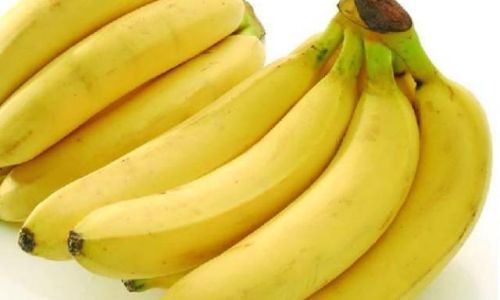
- Step 1: Place the pineapple on a windowsill or in a sunny spot.
- Step 2: Rotate it every 6–8 hours to ensure even exposure.
- Step 3: Monitor for softening and color change (the skin may shift from green to yellow).
- Step 4: Remove from sunlight once the base yields slightly to pressure.
Caution: Avoid direct sunlight for more than 4–6 hours daily, as excessive heat can cause spoilage.
The Paper Bag Method (Without Ethylene Producers)
If no apples or bananas are available, a paper bag alone can help trap moisture and ethylene naturally produced by the pineapple.
- Step 1: Place the pineapple in a brown paper bag.
- Step 2: Fold the top loosely to seal.
- Step 3: Store at room temperature for 3–5 days.
- Step 4: Check daily for ripeness signs.
Why It Works: While pineapples produce minimal ethylene, the bag concentrates any gas emitted, slightly expediting softening.
Signs of a Ripe Pineapple: What to Look For
Determining ripeness in a pineapple requires a multi-sensory approach:
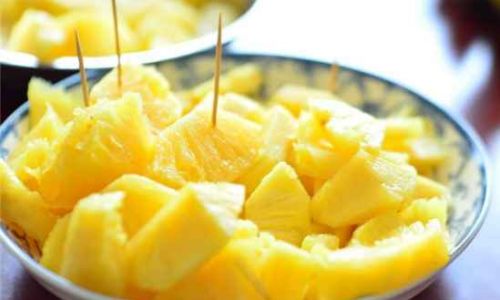
- Color: A ripe pineapple transitions from bright green to golden-yellow at the base. However, some varieties (like the “Sugar Loaf”) remain green even when ripe, so color alone isn’t definitive.
- Aroma: A sweet, floral scent at the stem end indicates ripeness. Avoid pineapples with fermented or vinegar-like smells, which signal overripeness.
- Texture: Gently press the skin—it should yield slightly without feeling mushy. Overripe pineapples will feel soft or bruised.
- Leaves: The top leaves (crown) should pull out easily with a gentle twist if the pineapple is ripe.
Common Mistakes to Avoid
- Refrigerating Too Soon: Cold temperatures halt ripening. Store unripe pineapples at room temperature until they soften.
- Using Plastic Bags Without Vents: Trapped moisture can lead to mold. Use perforated bags or check frequently.
- Ignoring Spoilage Signs: If the pineapple develops dark spots, leaks juice, or emits a sour odor, discard it.
- Overcrowding: Placing multiple pineapples in one bag can bruise the fruit and slow ripening.
Advanced Tips for Optimal Results
- Combine Methods: For stubbornly unripe pineapples, use the ethylene bag method alongside sunlight exposure.
- Invert the Pineapple: Storing it upside-down distributes residual sugars evenly.
- Use a Warming Mat: In cool climates, place the pineapple on a seedling heating mat set to 75°F (24°C).
- Try Ethylene Gel Packs: Available at gardening stores, these provide a controlled ethylene release.
Recipes to Use Your Ripe Pineapple
Once your pineapple reaches perfection, try these recipes:
-
Grilled Pineapple with Cinnamon Honey:
- Slice the pineapple into rings.
- Grill for 3–4 minutes per side.
- Brush with a mixture of honey, cinnamon, and lime zest.
-
Pineapple Salsa:
- Dice the fruit and mix with red onion, jalapeño, cilantro, and lime juice.
- Serve with tortilla chips or grilled fish.
-
Pineapple Upside-Down Cake:
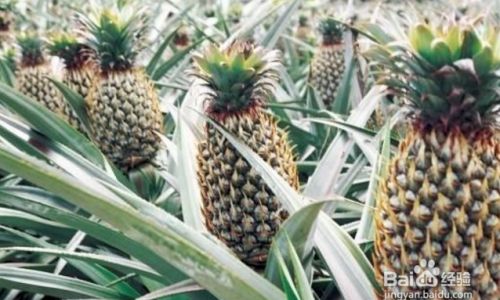
- Caramelize the pineapple slices in butter and brown sugar.
- Top with batter and bake until golden.
The Science Behind Sweetness: Why Unripe Pineapples Taste Sour
Unripe pineapples contain bromelain, an enzyme that breaks down proteins (and can cause mouth irritation). As the fruit ripens, bromelain levels decrease, and sugars like fructose and glucose increase. This enzymatic shift reduces acidity and enhances sweetness. However, since pineapples are non-climacteric, this process is gradual and requires optimal conditions to accelerate.
Frequently Asked Questions
Q: Can I ripen a pineapple in the microwave?
A: No. Microwaving will cook the fruit, not ripen it.
Q: How long does it take to ripen a pineapple?
A: Depending on the method, 2–5 days. Check daily for softness.
Q: Can I eat an unripe pineapple?
A: Technically, yes, but it will be tart, fibrous, and may cause mouth irritation due to bromelain.
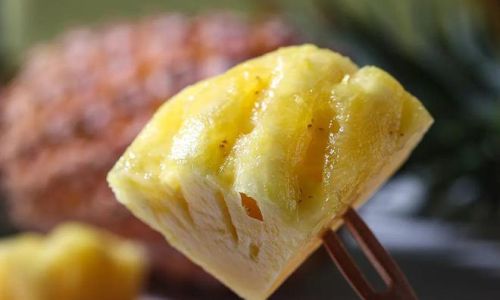
Q: Does cutting a pineapple speed up ripening?
A: No. Once cut, the fruit’s enzymes degrade rapidly, leading to spoilage.
Conclusion: Patience and Creativity Yield Sweet Rewards
Ripening an unripe pineapple is a delicate dance of science and intuition. By leveraging ethylene gas, warmth, and moisture, you can coax even the most stubborn fruit into sweetness. Remember to trust your senses—the aroma of tropical blossoms and the gentle give of the skin are your best guides. Whether you’re blending it into a piña colada, grilling it for a dessert, or savoring it fresh, a perfectly ripened pineapple is a testament to the rewards of patience and a little horticultural ingenuity. So the next time you bring home an unripe specimen, don’t despair—embrace the challenge and transform it into a culinary triumph.

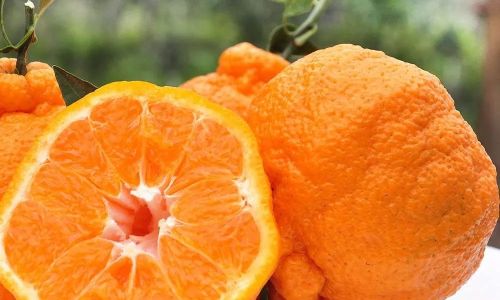
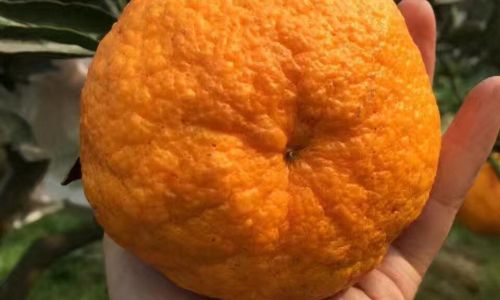
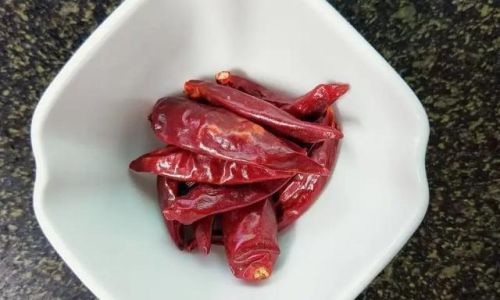
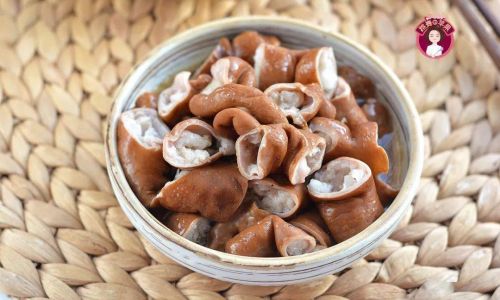
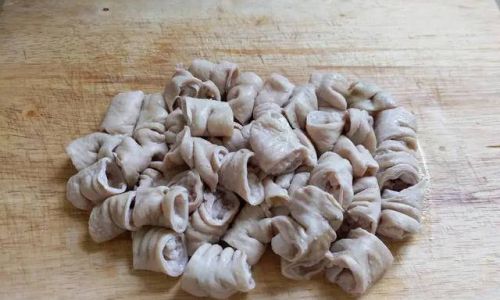
0 comments